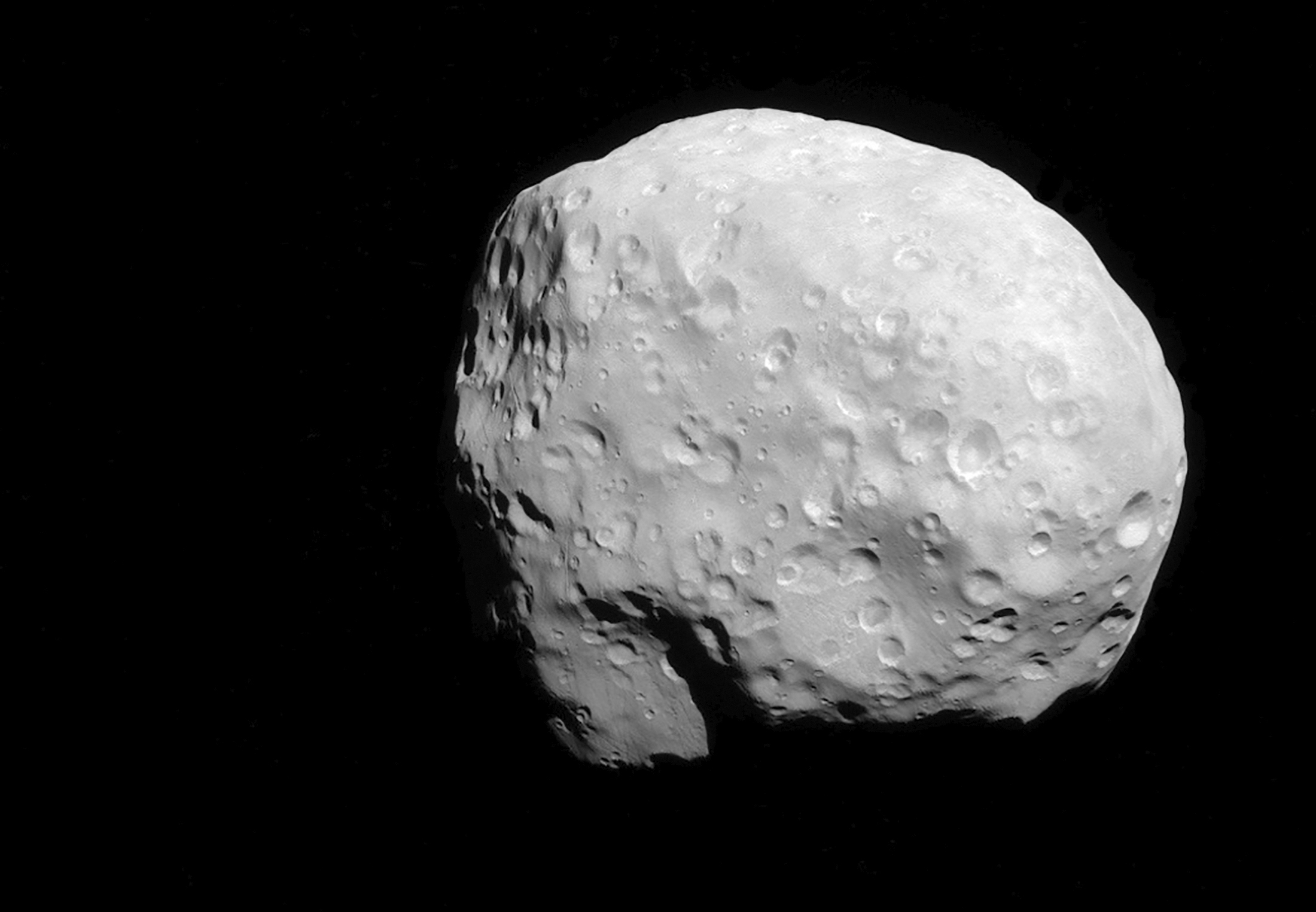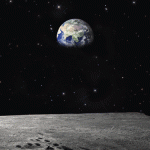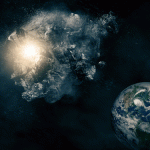
Do the other Solar System planets also experience total and partial solar eclipses like the ones we witness on Earth?
The answer is yes: solar eclipses frequently happen throughout the Solar System. A solar eclipse requires only that a heavenly body such as a moon passes directly between the planet and the Sun, blocking out the light completely or partially.
On Earth, partial solar eclipses happen 2-5 times a year, while total solar eclipses, in which the Moon blocks all sunlight, occur about once every 18 months. In order for a solar eclipse to be total, the angular size of the body blocking out the sunlight must be the same or larger than that of the Sun.
Australia is entering a busy eclipse schedule, with five due between now and 2038.
A total solar eclipse due on 8 April this year will clip only the North West Cape in Western Australia, but on 22 July 2028 a total solar eclipse will be visible across most of Australia.

In 2004, the Hubble space telescope captured the shadows of three solar eclipses on Jupiter, caused by the big moons of Callisto, Ganymede and Io. [Image: NASA, ESA, & E. Karkoschka (University of Arizona)]

Saturn’s moon Epimetheus can cause solar eclipses on the gas giant, but a total eclipse can be observed only from a location in the clouds above Saturn. [Image: NASA/JPL-Caltech/Space Science Institute]
OTHER STORIES:






